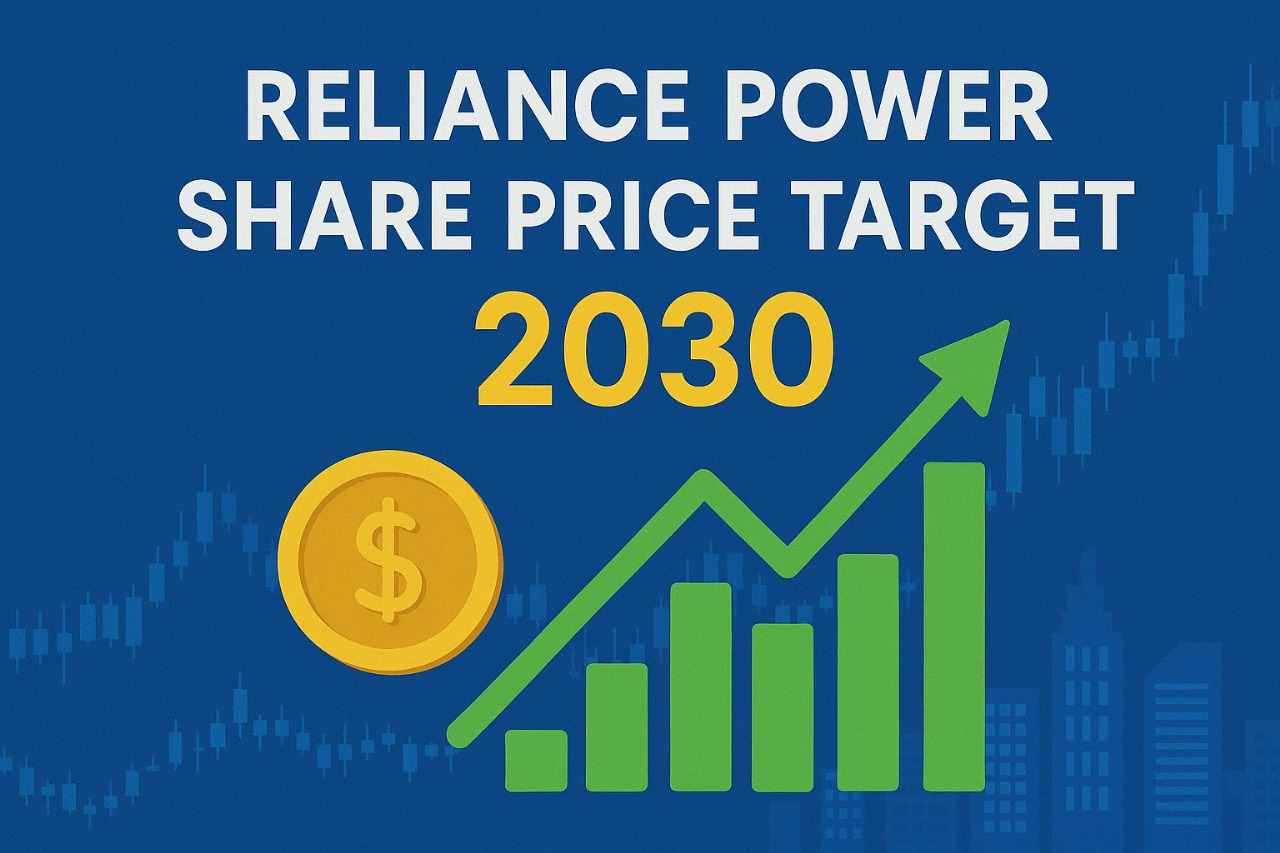Reliance Power has been one of the most discussed stocks in the Indian power sector. Known for its large portfolio of thermal and renewable projects, the company has always been in the spotlight for both opportunities and challenges. Over the past decade, Reliance Power has witnessed extreme volatility due to debt concerns, operational hurdles, and sectoral reforms. However, with India’s growing energy demand and a strong government push toward renewable energy, investors are once again looking at this stock with renewed interest.
From 2026 to 2030, the share price of Reliance Power is expected to move in a wide range depending on growth execution, financial restructuring, and regulatory policies. This article provides a detailed analysis of Reliance Power share price targets 2026, 2027, 2028, 2029, and 2030, along with growth drivers, risks, and market outlook.
Current Position of Reliance Power
Reliance Power currently trades in the mid-range of its 52-week cycle and remains a high-beta stock with frequent ups and downs. Despite challenges, the company has managed to improve its debt profile and expand into renewable projects.
Some key fundamentals include:
| Parameter | Current Status |
|---|---|
| Sector | Power Generation & Distribution |
| Business Model | Thermal, Hydro, Solar, and Wind Projects |
| Debt Position | High but gradually reducing |
| Investor Sentiment | Mixed – speculative interest with long-term growth hopes |
This foundation sets the tone for long-term targets, but the journey is not without risks.
Growth Drivers for Reliance Power
The share price movement from 2026 to 2030 will largely depend on the following growth drivers:
Rising Power Demand
India’s energy consumption is projected to grow steadily, supported by urbanization, industrial expansion, and rural electrification. Reliance Power can directly benefit from this structural demand.
Renewable Energy Push
Government policies strongly favor renewable projects. With solar and wind energy becoming cost-competitive, Reliance Power’s diversification strategy can strengthen its valuation.
Debt Restructuring
One of the biggest concerns for the company has been its debt load. Successful reduction of debt and better operational cash flows could significantly improve investor confidence.
Risks and Challenges
While growth prospects look attractive, investors should also note the potential risks:
-
High debt levels may continue to limit expansion capacity.
-
Fuel cost fluctuations can impact margins in thermal projects.
-
Regulatory risks and tariff uncertainties may create short-term volatility.
-
Competition from other private and government energy companies could restrict market share.
Balancing these risks against opportunities will determine how the stock performs by 2030.
Reliance Power Share Price Target 2026 to 2030
Here is a year-wise forecast of Reliance Power’s possible share price targets, based on sectoral growth assumptions, financial performance, and market trends:
| Year | Target Price Range (Estimated) | Growth Outlook |
|---|---|---|
| 2026 | ₹100 – ₹180 | Moderate growth expected with gradual debt reduction. |
| 2027 | ₹150 – ₹240 | Renewable expansion and improving margins may push valuations. |
| 2028 | ₹200 – ₹300 | Strong demand outlook with stable operations could drive rally. |
| 2029 | ₹280 – ₹380 | If debt is further reduced, stock may re-rate significantly. |
| 2030 | ₹350 – ₹500 | Long-term bullish scenario with diversified energy portfolio. |
These projections are estimates based on growth trends and should not be taken as guaranteed outcomes. The actual price will depend on execution, policy environment, and overall market conditions.
Long-Term Investment Perspective
Reliance Power is not a safe, low-risk stock. Instead, it is a high-risk, high-reward opportunity. Investors looking at 2026-2030 targets should have:
-
A long-term investment horizon (5+ years).
-
The ability to withstand short-term volatility.
-
Confidence in India’s power sector growth story.
If Reliance Power successfully executes its renewable plans, reduces debt, and improves profitability, the 2030 target of ₹400-₹500 is achievable. However, conservative investors should consider diversifying rather than depending solely on this stock.
Conclusion
Reliance Power’s share price journey from 2026 to 2030 will likely be volatile yet rewarding for patient investors. With India’s rising energy demand, strong renewable energy policies, and the company’s strategic expansion, the long-term outlook looks optimistic. However, high debt, regulatory challenges, and execution risks must not be ignored.
For aggressive investors, Reliance Power could be a multi-bagger opportunity by 2030, but it comes with its share of risks. For conservative investors, this stock may be better suited as a small part of a diversified portfolio.
